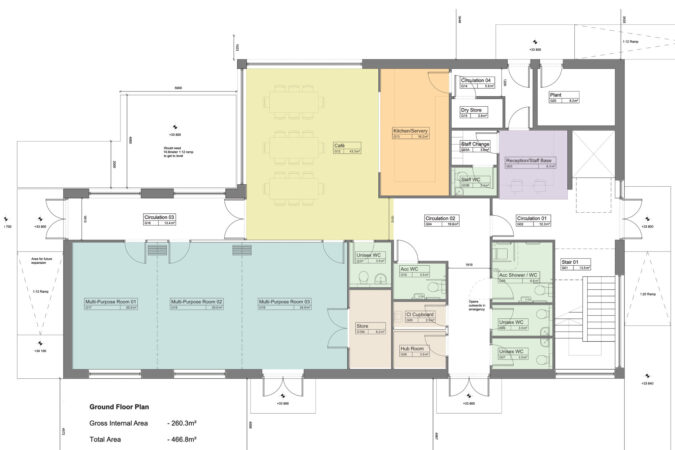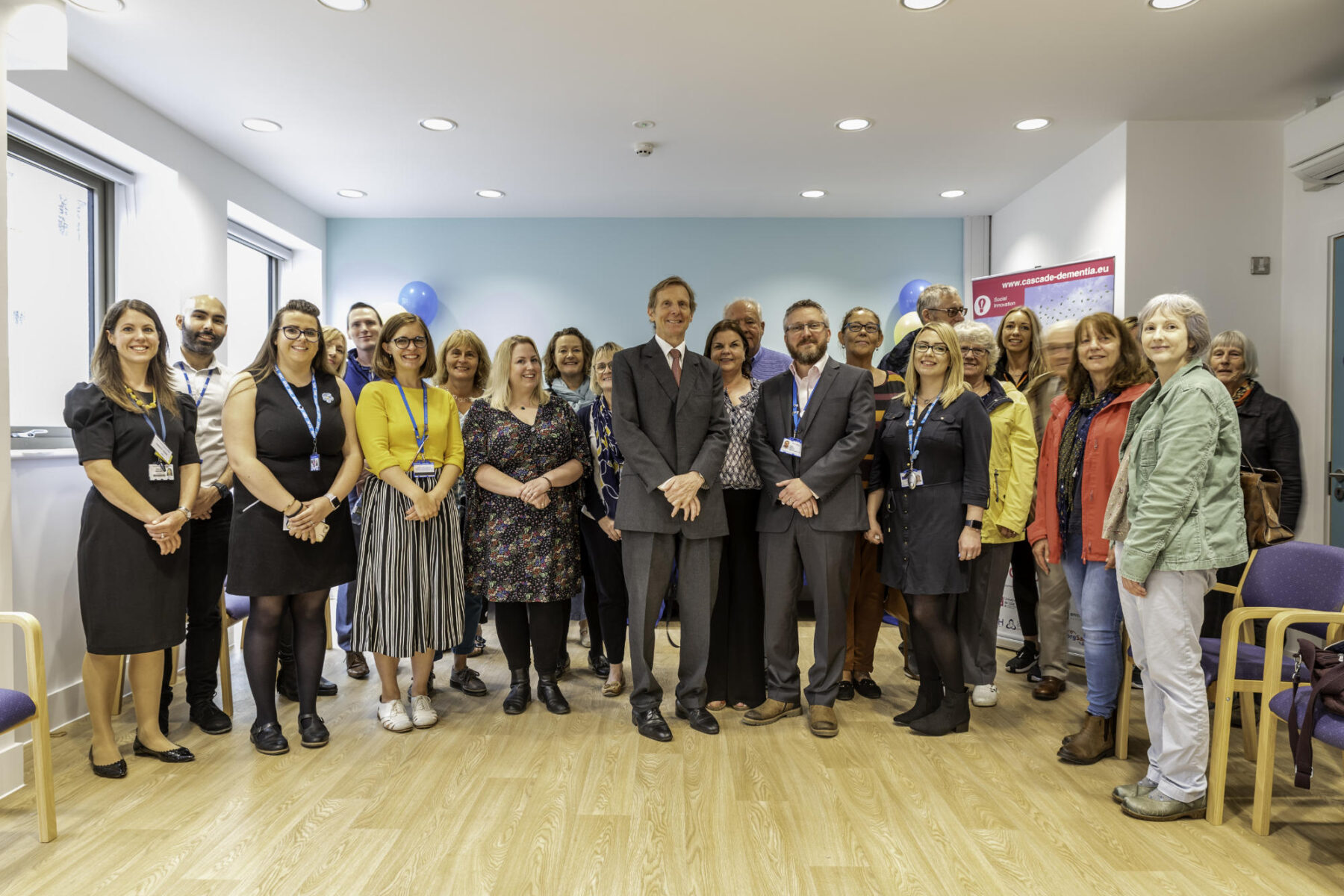Harmonia Village Dementia Care Centre
The Harmonia Village in Dover represents a new concept in care based upon a social approach that encourages those living with dementia to lead as normal life as possible, engaging with a familiar environment whilst having access to 24 hours care.
The project remodels 12 redundant semi-detached houses to provide accommodation for 30 residents. A new hub building has communal facilities for the Harmonia Village residents and use by the local community and volunteers together with six bed respite care accommodation.
The project, led by Henry Quinn the Strategic Intelligence Director at East Kent Hospitals University NHS Foundation Trust (EKHUFT) and Dr. Philip Brighton at Dementia Centre of Excellence Clinical Lead, saw the opportunity of using the redundant housing and site in Dover as a means of realising this new concept of care. Having visited the famous Hogeweyk Dementia Village in the Netherlands in 2015, they developed their concept for care and applied for an EU grant to part fund the project and were successful in securing Interreg 2 Seas EU Fund covering 60% of the project costs. They then went about securing the remaining 40% from the Trust and other project partners. Design work commenced in March 2018, started on site in October 2018 and the handover was October 2019.
The new hub building is already being used to proactively engage with a wide array of user groups from local charities to age-related community groups. It is becoming a focal point with a vibrancy to create a true sense of inclusion and community spirit.


A key focus of the project is urban regeneration and so the Harmonia Village at Dover has been developed with the aim of maximising benefits for the local area and community. The housing on the site was redundant for several years and the project has brought it back to life, vastly improving standards to regenerate and improve the immediate area aesthetically whilst actively engaging socially with the surrounding residents. It is also aiming to de-stigmatise dementia and normalise the presence of people living with dementia in communities.


The design team researched the latest thinking in dementia friendly environments and adapted these for this context. This included adapting existing housing stock to be fully accessible and to create a new community. Externally the site had to be designed to ensure residents were able to move freely yet safely but at the same time be approachable to the local community. The new Hub building is the transition point between public, semi-public and private space. The Hub also provides a unique ‘guest house with care’ facility enabling visitors to stay over or carers to take a short break with their partners in a safe supportive environment.


















